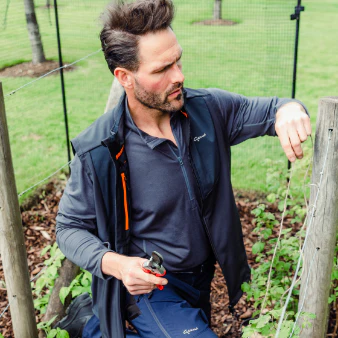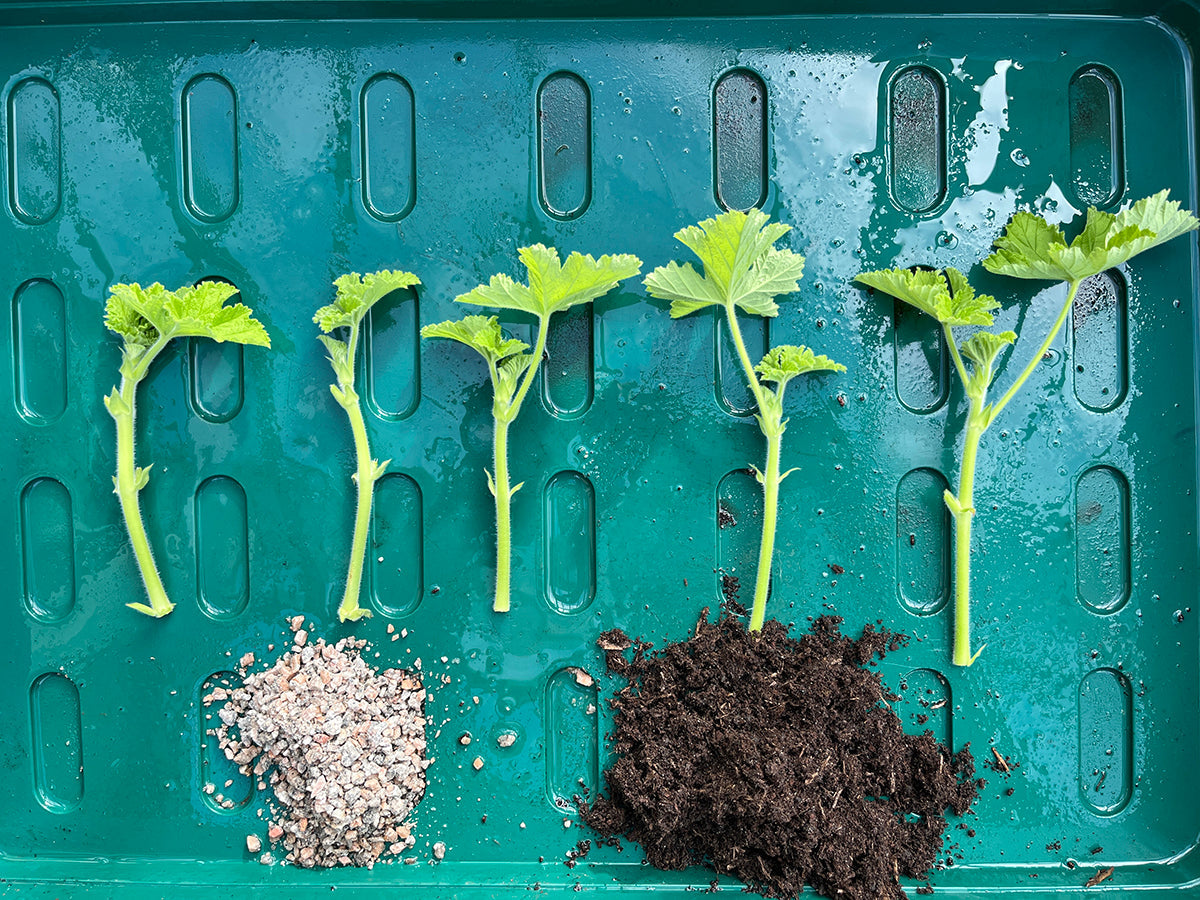Black Eyed Susan - aiming for world domination

We haven’t grown Black eyed Susan -Thunbergia alata - for a number of years but 2025 and its prolonged hot summer appeared to appeal to her adventurous nature. Planted in a trough in May she soon made her intentions known. The six foot tall trellis provided for her to scramble over, very quickly proved to be somewhat inadequate and with eyes set on world domination she headed along the floor, up the wall, and into the neighbour's garden.
It should have come as no surprise to us. Originally discovered by botanist Carl Thunberg while on a plant hunting expedition through South Africa, he discovered this rampant ‘weed’ growing in a number of locations. In some areas locals considered it uncontrollable. Perhaps it’s a bit like our native bindweed - once it gets a foothold it can take over a garden within a year.
The one thing in our favour when growing Black Eyes Susan as a UK garden plant is its dislike for our cold winters. Cut to the ground by frost, its progress is quickly halted preventing any further annexing of surrounding properties. Though a perennial, it’s a plant that we generally treat as an annual in the UK but anyone with a greenhouse that stays above 5º during the winter can maintain it for planting out the following summer.
We’re going to try it. We may even manage a few cuttings from the overwintering plant.
This year Gloucestershire. Next year The World!











